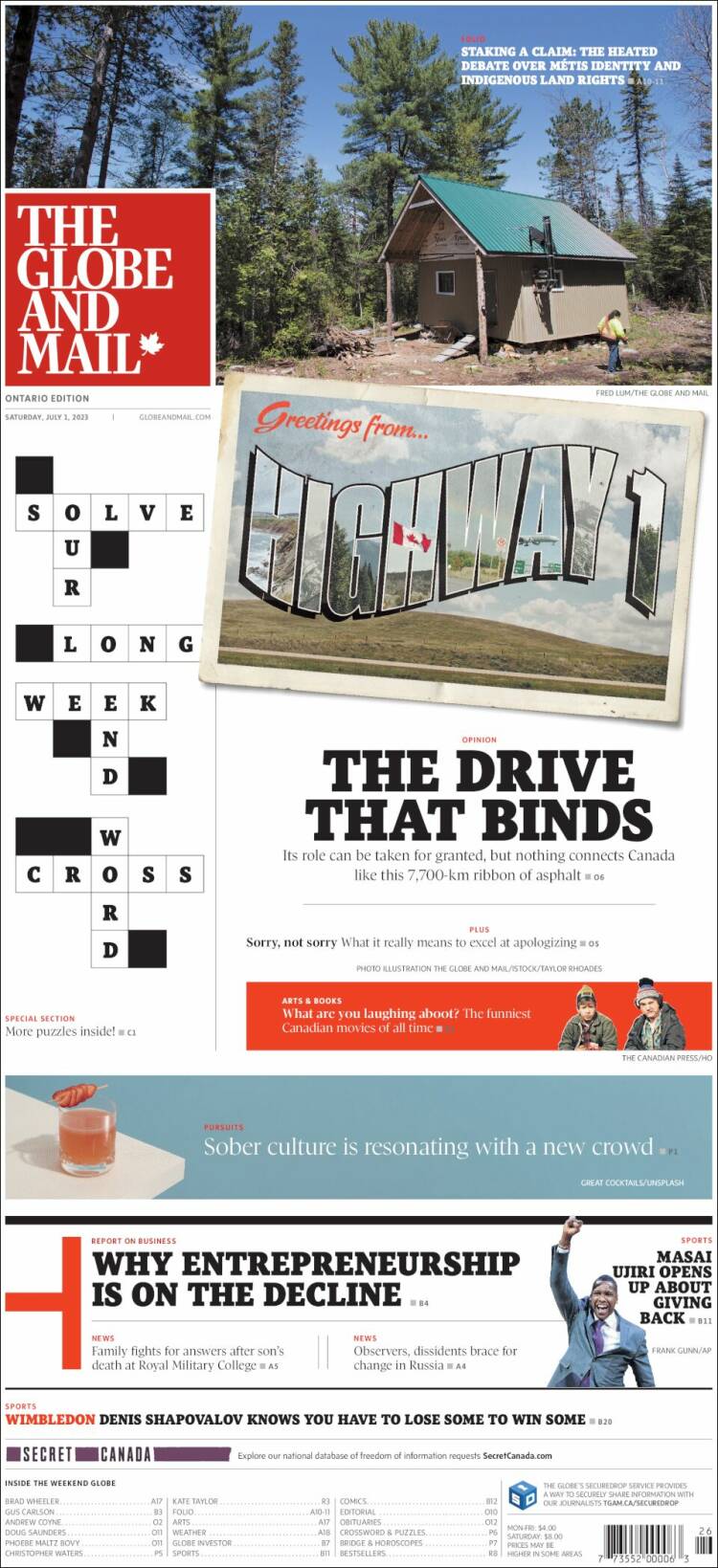Is the decline of global sales at Starbucks a harbinger of broader economic shifts, or a localized blip? The recent, unexpectedly significant drop in Starbucks' global sales, particularly driven by weaker demand in the United States, has sent ripples of concern through financial markets and raised questions about the health of the consumer landscape.
The news, reported via the Report on Business section of The Globe and Mail, underscores the interconnectedness of the global economy. While Starbucks, a multinational behemoth, often serves as a bellwether for consumer spending habits, the specifics of its downturn warrant a closer examination. Factors specific to the company, such as evolving consumer preferences, shifts in marketing strategies, and competitive pressures, could be contributing to the decline. However, the potential for broader economic headwinds cannot be dismissed. Inflationary pressures, rising interest rates, and geopolitical uncertainties are all impacting consumer behavior worldwide. A significant slowdown in consumer spending, especially in a market as critical as the United States, could trigger a cascade of negative effects, impacting various sectors and ultimately slowing economic growth.
The Globe and Mail, a respected source for breaking business news and in-depth analysis, has been diligently tracking these developments. The newspaper's comprehensive coverage extends beyond the Starbucks story, encompassing national and world business markets, economic policy, and the evolving landscape of financial news. Their reporting offers a critical window into the intricacies of the global economy, providing readers with the information needed to understand the forces at play.
Beyond the immediate financial implications, the Starbucks story raises important questions about the future of retail and consumerism. The company's global footprint and brand recognition make it a significant player in the industry. A downturn in its fortunes could signal a broader shift in consumer habits. Perhaps consumers are becoming more cost-conscious, opting for less expensive alternatives, or prioritizing experiences over material possessions. The increasing prevalence of remote work and evolving social dynamics may also be impacting the demand for traditional coffee shop environments. The Globe and Mail's coverage will undoubtedly continue to explore these trends, providing insights into the changing face of consumerism.
The Globe and Mail, with its long and established history, has remained a key source for the latest happenings. The archives of the Globe and Mail, which are accessible through the Toronto Public Library, offer valuable insights into how these events unfold across time. Digitized from 1844 to 2021, the archive delivers articles and full-page reproductions of the newspaper. These historical records provide a vital context for understanding the present, providing readers with the ability to trace the evolution of business trends, economic shifts, and global events.
The impact of the downturn also extends into the financial sector. Market analysts and investors are closely scrutinizing the performance of publicly traded companies like Starbucks, hoping to understand the implications for their portfolios. The stock market, often a reflection of the overall economic mood, can fluctuate wildly in response to news of this nature. The financial pages of the Globe and Mail, like others, are full of expert commentary and analysis, informing readers about the risks and opportunities that the latest developments may present. The paper's detailed financial reporting helps investors make more informed decisions in these dynamic and uncertain times.
The Globe and Mail has created a presence in various platforms to help the readers stay up-to-date on the evolving situation. The Globe and Mail's app, for instance, is available on Google Play. The app delivers award-winning news and analysis. The app keeps subscribers informed in the face of breaking developments.
The role of The Globe and Mail extends beyond mere reporting; it also encompasses community engagement and corporate social responsibility. The newspaper's collaborations with organizations, such as the Association of Fundraising Professionals (AFP), showcase its commitment to promoting important social causes. Their supplements on philanthropy, for example, are scheduled to be published. They include a special thanks to The Globe & Mail. The next AFP/Globe and Mail supplement will be published on June 20, 2025. The Supplement on National Philanthropy Day will be published on November 14, 2025. These partnerships highlight the importance of giving and the role of media in fostering a more engaged and informed citizenry.
For those seeking to manage their subscriptions, The Globe and Mail provides convenient online tools. Subscribers can access their payment history and update their information by logging into the website. This user-friendly approach helps to ensure a seamless experience for readers, emphasizing the newspaper's commitment to customer service.
In the midst of these transformations, the importance of reliable news sources cannot be overstated. The Globe and Mail, through its commitment to in-depth journalism and its dedication to understanding both local and international issues, continues to play a crucial role in keeping citizens informed. The organization also maintains a presence on social media platforms, like X (formerly Twitter) (@globeandmail), offering real-time updates and engaging with its audience.



